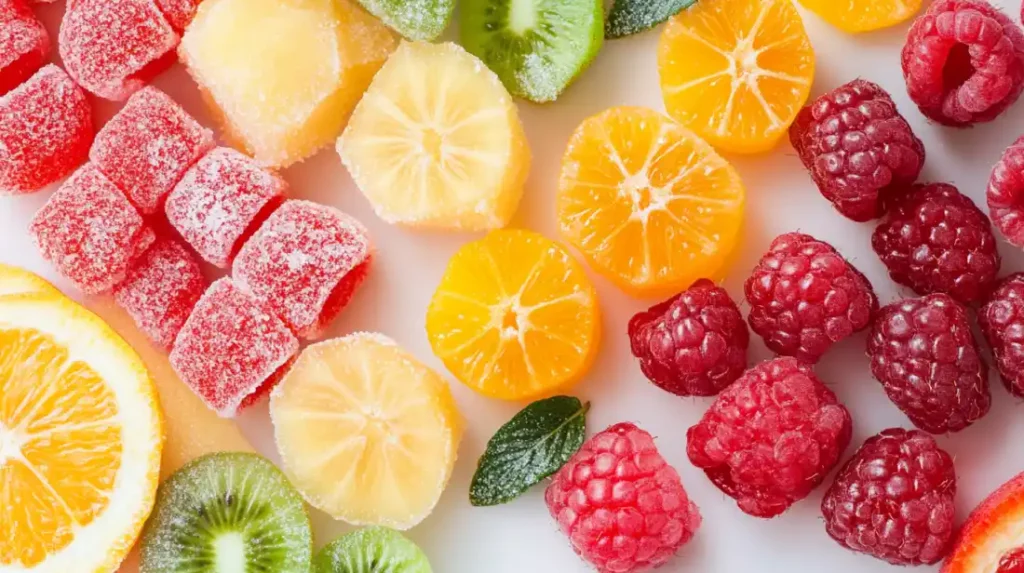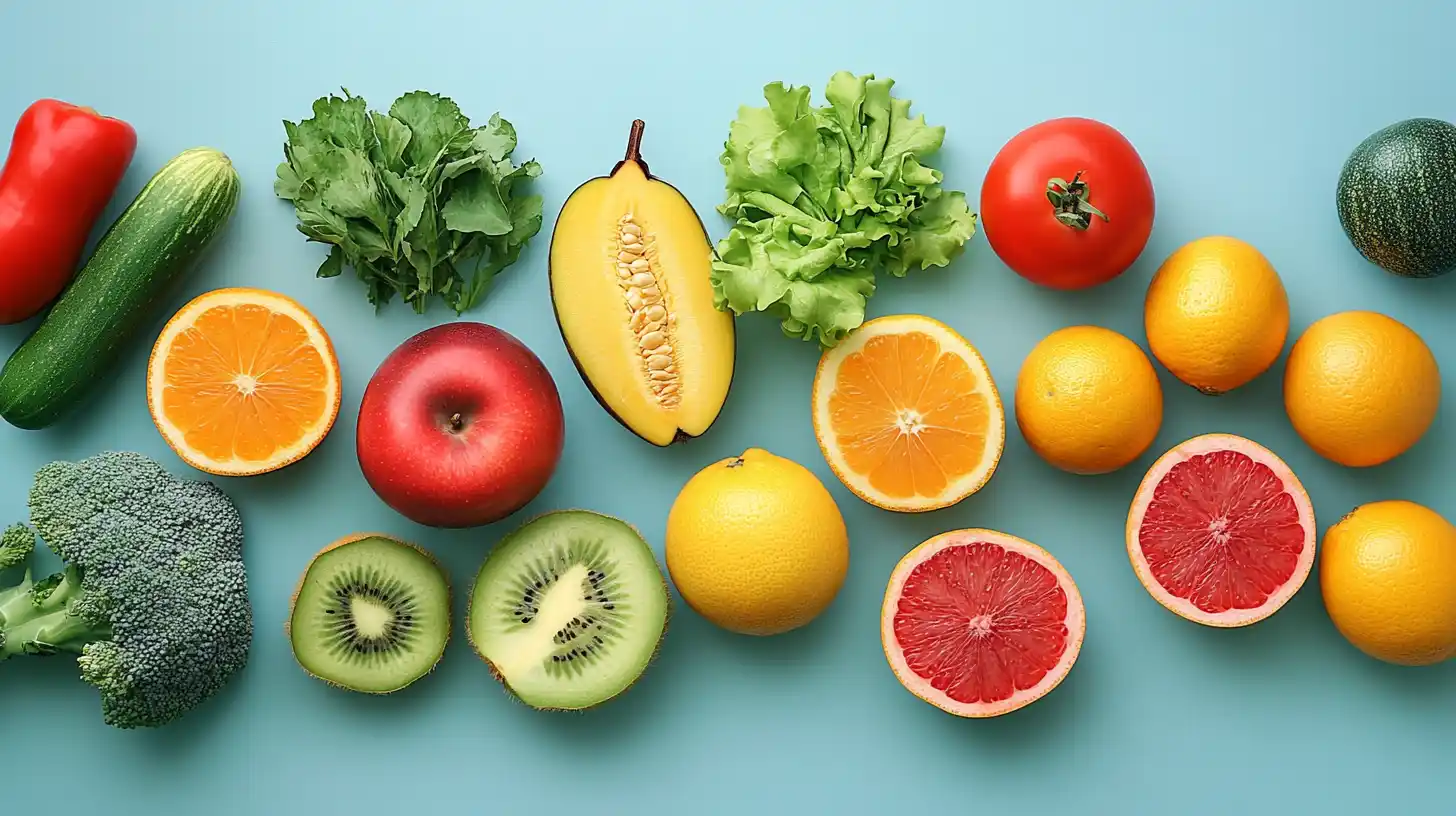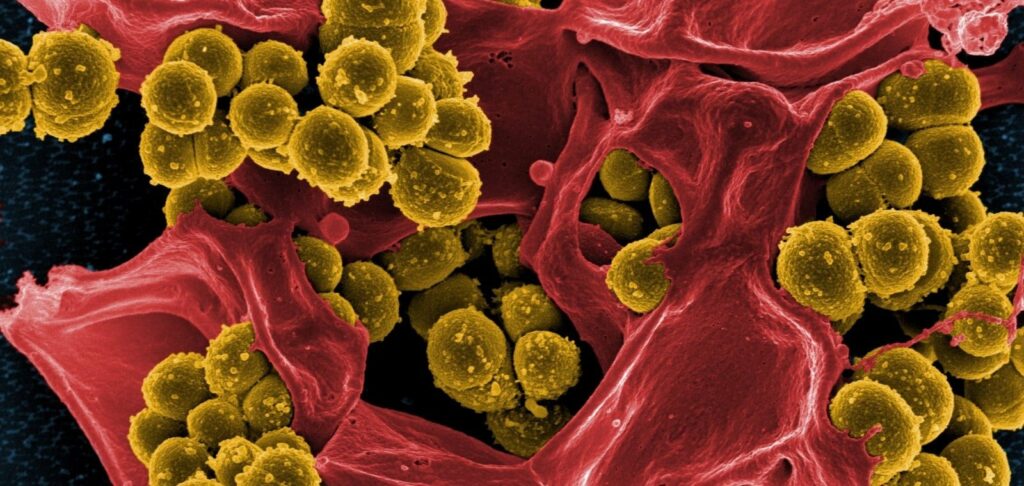

Benefits:
Sweetness and Volume
Pure fructose is the sweetest natural sweetener, being 1.2 times sweeter than sucrose and almost twice as sweet as glucose.
This means that in cooking, it can be used in smaller amounts to achieve the same level of sweetness, while also lowering caloric intake.
Fructose works well with other sweeteners, which helps make baked goods lighter and more airy.

Low Glycemic Load
Fructose is absorbed by the body without causing a spike in insulin levels. For instance, the glycemic load for one gram of glucose is 100, for sugar it is 65, but for fructose, it’s only 19. This makes fructose a safe option for diabetics.
Additionally, fructose regulates the activity of hexokinase — a key enzyme in glucose metabolism — which helps improve glucose tolerance.

Physical Activity
Fructose is often added to sports nutrition products because it serves as an excellent source of energy during intense workouts.
The glycogen produced from fructose metabolism is stored both in the liver and muscles, and it is used up as the body’s exertion increases.

Dental Health
Sugar consumption increases the risk of cavities and tooth decay.
Fructose has a key advantage here: compared to glucose and sucrose, it is much less likely to cause dental problems. Research shows that replacing sucrose with fructose reduces the risk of cavities by 30–40%.

Risks:
Metabolic Effects
Fructose is metabolized differently than other sugars. It is processed in the liver, where it leads to the synthesis of fatty acids, resulting in triglycerides and an increase in visceral fat, which poses risks to the cardiovascular system and can lead to non-alcoholic fatty liver disease and metabolic syndrome.

Side Effects
Uric acid, a byproduct of fructose metabolism, is highly biologically active.
It can cause disruptions in energy metabolism, contribute to inflammation, increase blood pressure, and affect blood clotting, raising the risk of thrombosis.

Risk of Overeating
Unlike glucose, fructose does not trigger the release of leptin — the hormone responsible for satiety. This can lead to overeating foods high in fructose, which, in turn, can cause weight gain and obesity.

Lack of Control
Tracking fructose intake is difficult because it is present in many foods alongside other sugars.
For example, the ratio of glucose to fructose in honey is 1:1. Due to its high sweetness, fructose is often added to processed foods.
As a result, 40–45% of fructose can be found in sugar and corn syrup, which is used in sodas, ketchup, and sweets.

The Golden Middle Ground
Fructose found in fruits and vegetables comes with vitamins, minerals, and fiber, which prevent its excess and regulate sugar absorption. In this natural form, it is safe for health.
The danger comes from added fructose in processed foods, sweets, and beverages, consumption of which should be strictly limited.
The American Heart Association recommends that women consume no more than 100 calories and men no more than 150 calories from all types of added sugars per day.
Balanced Insight on Fructose: Benefits and Risks Explained
The author emphasizes the importance of moderation, citing expert recommendations. The article is informative and balanced, providing a clear understanding of when fructose is safe and when it can be harmful.




